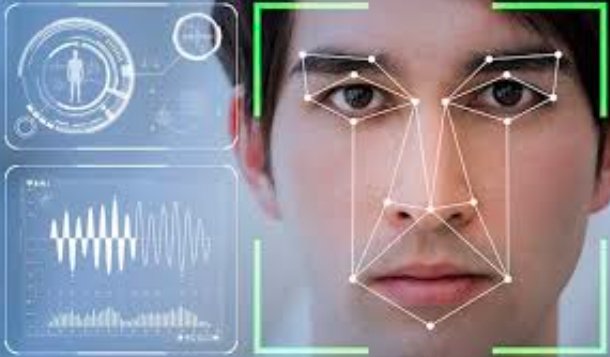Police Scotland has confirmed plans to introduce live facial recognition technology, marking a major shift in policing tactics across Scotland. The decision, announced at the Scottish Police Authority board meeting on August 21, 2025, aims to boost public safety but has sparked debates over privacy and rights.
Key Details of the Decision
Police Scotland leaders shared their intent to push forward with live facial recognition during the recent authority meeting. They stressed the need for careful steps ahead, including deep dives into how the tech works and what rules must guide its use.
This move comes after months of talks and public input. Officials plan to focus on strong checks to ensure the system is fair and open to review. A follow up report is set for the authority’s policing performance committee on September 16, 2025.
The technology scans faces in real time against watch lists to spot suspects quickly. Supporters say it could help cut crime and protect vulnerable groups, like women and children from violence.
Police Scotland has already run surveys and discussions to gauge views. Early polls show many people back using it in public spots to find wanted individuals.

Public and Political Reactions
The announcement has drawn mixed responses from the public and leaders. Some welcome it as a tool to make streets safer, while others worry about overreach.
Lawmakers from the Scottish National Party have pushed back hard. They argue that such tech needs full debate and new laws from the Scottish Parliament before rollout.
Rights groups have voiced strong concerns too. Fourteen organizations focused on equality and justice called the plans a risk for racial bias and more surveillance in daily life.
Online chatter shows a split. Social media users debate if the benefits outweigh the downsides, with some sharing stories from other countries where similar systems led to mistakes.
Recent events in England and Wales, where police have ramped up facial recognition use, add to the context. Those forces report arrests from the tech, but critics point to cases of wrongful stops.
Potential Benefits and How It Works
Live facial recognition could change how police handle crowds and high risk areas. It promises faster responses to threats, building on tools like body cameras already in use.
Here are some key ways the technology might help:
- Spot missing people or fugitives in busy spots like events or stations.
- Cut down response times in emergencies, aiding officers on the ground.
- Work alongside other digital tools in Scotland’s five year policing plan.
Experts note that when set up right, it can lower bias through strict data rules. Police Scotland plans to test for fairness and report on any issues openly.
Training for officers will be key. They must learn to handle matches without jumping to conclusions, ensuring human judgment stays central.
Logical steps include pilot runs in controlled settings before full use. This mirrors approaches in other regions, where early tests helped refine the systems.
Concerns Over Privacy and Bias
Critics fear the tech could lead to unfair targeting, especially for minority groups. Studies from around the world show facial recognition sometimes struggles with diverse faces, raising bias risks.
Privacy advocates call for tight limits on data storage and use. They want clear rules on when and where cameras can scan crowds.
A table below outlines main pros and cons based on expert views:
| Aspect | Pros | Cons |
|---|---|---|
| Safety | Quick suspect identification boosts security | Risk of mass surveillance erodes personal freedom |
| Accuracy | Modern algorithms improve match rates | Potential for errors leading to wrongful detentions |
| Oversight | Independent reviews can ensure fairness | Lack of strong laws might allow misuse |
| Cost | Long term savings on manpower | High setup and training expenses |
These points highlight the need for balance. Scotland’s biometrics commissioner has backed the idea but urges caution to protect rights.
Calls for a full government review grow louder. Some suggest pausing until more studies confirm it won’t harm communities.
Recent global events, like debates in the EU over similar tech, show Scotland isn’t alone in wrestling with these issues.
Next Steps and Oversight Plans
Police Scotland vows to keep talking with communities as they build the program. They aim to address worries through open forums and expert input.
Updates will come at the September meeting, with possible timelines for trials. Officials stress that primary laws and watchdog roles will shape the final setup.
This fits into broader digital shifts in UK policing, including AI for crime prediction. Yet Scotland’s approach seeks to stand out with strong ethics at its core.
As details emerge, the public will watch closely. Share your thoughts in the comments below or spread the word on social media to join the conversation.


















